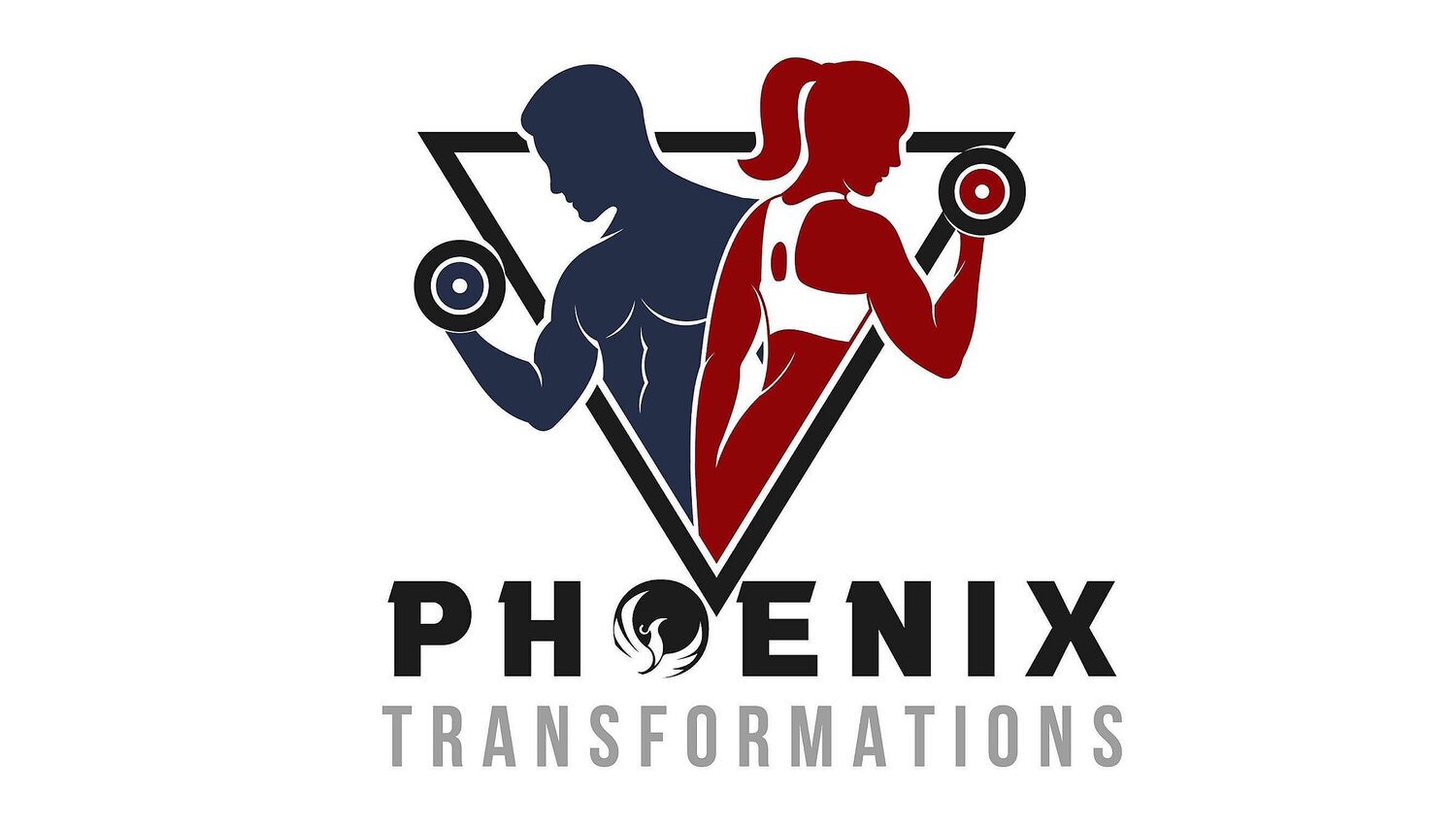How to Build a Nutritious Plate
Eating well doesn’t have to be complicated, but with so much conflicting advice out there, it can feel overwhelming. One of the most effective ways to maintain a healthier lifestyle—whether you’re cooking at home or eating out—is by mastering the art of building a nutritious plate. With a few simple guidelines, you can create balanced meals that support your fitness and health goals, without the guesswork.
The Basics of Plate Building
When constructing your plate, think of it as a way to ensure you’re getting the right balance of nutrients. Here’s a straightforward formula to follow:
½ Plate: Non-Starchy Vegetables (1-2 fist sized portions)
This should be the largest portion on your plate. Non-starchy veggies are low in calories but packed with vitamins, minerals, and fiber. They add volume to your meals, helping you feel full and satisfied without overloading on calories. Think leafy greens, broccoli, bell peppers, green beans, asparagus, cucumbers, zucchini, and more.
¼ Plate: Carbohydrates (1-2 cupped handful sized portions)
Carbs are your body’s primary energy source. They should take up a quarter of your plate, focusing on whole, minimally processed options most of the time, but don’t forget to have some of the fun things you like on occasion too. This includes foods like brown rice, quinoa, sweet potatoes, whole grain bread, or even starchy vegetables like corn and peas.
¼ Plate: Protein (1 palm sized portion)
Protein is essential for building and repairing tissues, and it also helps you stay fuller for longer. This section of your plate should include lean sources of protein like chicken, turkey, fish, tofu, or legumes(legumes will also count toward carb intake). If you opt for a fattier protein like salmon or beef, you will need to adjust the amount of added fats accordingly.
1-2 Thumbs of Fat
Healthy fats are crucial for nutrient absorption and hormone production, among other functions. Add a serving or two (about the size of your thumb) of healthy fats like avocado, nuts, seeds, or olive oil to your plate. If your protein source is naturally higher in fat (like salmon or beef), you can skip the added fats.
Practical Tips for Building Your Plate
Start with Veggies: Fill half your plate with a variety of non-starchy vegetables. This not only boosts your nutrient intake but also helps control portion sizes of higher-calorie foods.
Prioritize Whole Foods: 80% of your meals should be made up of whole foods. They’re more nutrient-dense and generally lower in added sugars and unhealthy fats. That leaves 20% for the fun stuff.
Balance Your Portions: Use the plate method as a guide to balance your meals, making sure you get enough of each macronutrient (carbs, protein, fats) without overloading on any one group.
Mind Your Fats: Fats are essential for a balanced diet, but they can be easy to over-consume. Unlike protein and carbs, which each provide 4 calories per gram, fats pack 9 calories per gram. This means even small portions can add up quickly in terms of calories. While healthy fats like avocado, nuts, and olive oil are important for your overall health, it’s crucial to be mindful of how much you’re adding to your plate. A little goes a long way, so stick to about 1-2 thumbs of fat to keep your meal balanced and calorie-conscious.
In what order should you eat your food?
The order in which you eat your food can impact how full and satisfied you feel, as well as how your body processes the nutrients. Here’s why it’s beneficial to eat your veggies first, followed by protein, and save the carbs for last:
Starting with non-starchy vegetables is a great way to fill up on fiber and essential nutrients without adding many calories. The fiber in vegetables slows down digestion, helping you feel fuller longer and stabilizing blood sugar levels. This can prevent overeating later in the meal.
Eating protein next ensures that you get the essential amino acids your body needs to build and repair tissues. Protein also has a satiating effect, meaning it helps curb hunger and keeps you feeling full. By prioritizing protein, you’ll be less likely to overindulge in carbs or sweets afterward.
Finally, eating carbs last helps control blood sugar spikes, especially if you’re consuming starchy or sugary foods. Since you’ve already filled up on veggies and protein, you might find that you don’t need as many carbs to feel satisfied, which can help with portion control and overall calorie intake.
This order of eating can be particularly useful if you’re trying to manage your weight, control blood sugar, or simply make healthier, more satisfying choices at each meal.
What about eating out?
One of the best things about the plate method is its flexibility—you can apply it anywhere, even when you’re dining out. Look at the menu with these proportions in mind, and don’t be afraid to ask for substitutions or adjustments to fit your plate-building strategy.
Building a nutritious plate is a simple yet powerful skill that can transform your eating habits and support a healthier lifestyle. By focusing on balanced portions of veggies, carbs, protein, and healthy fats, you can create meals that are both satisfying and nourishing.
Whether you’re at home, at work, or out with friends, these principles will help you make smart choices that fuel your body and keep you on track with your goals.
Plate building doesn’t have to be a complex skill. If you want some accountability and a second pair of eyes on your plates, sign up for Elite or VIP coaching today. >>> Check out our Services.

